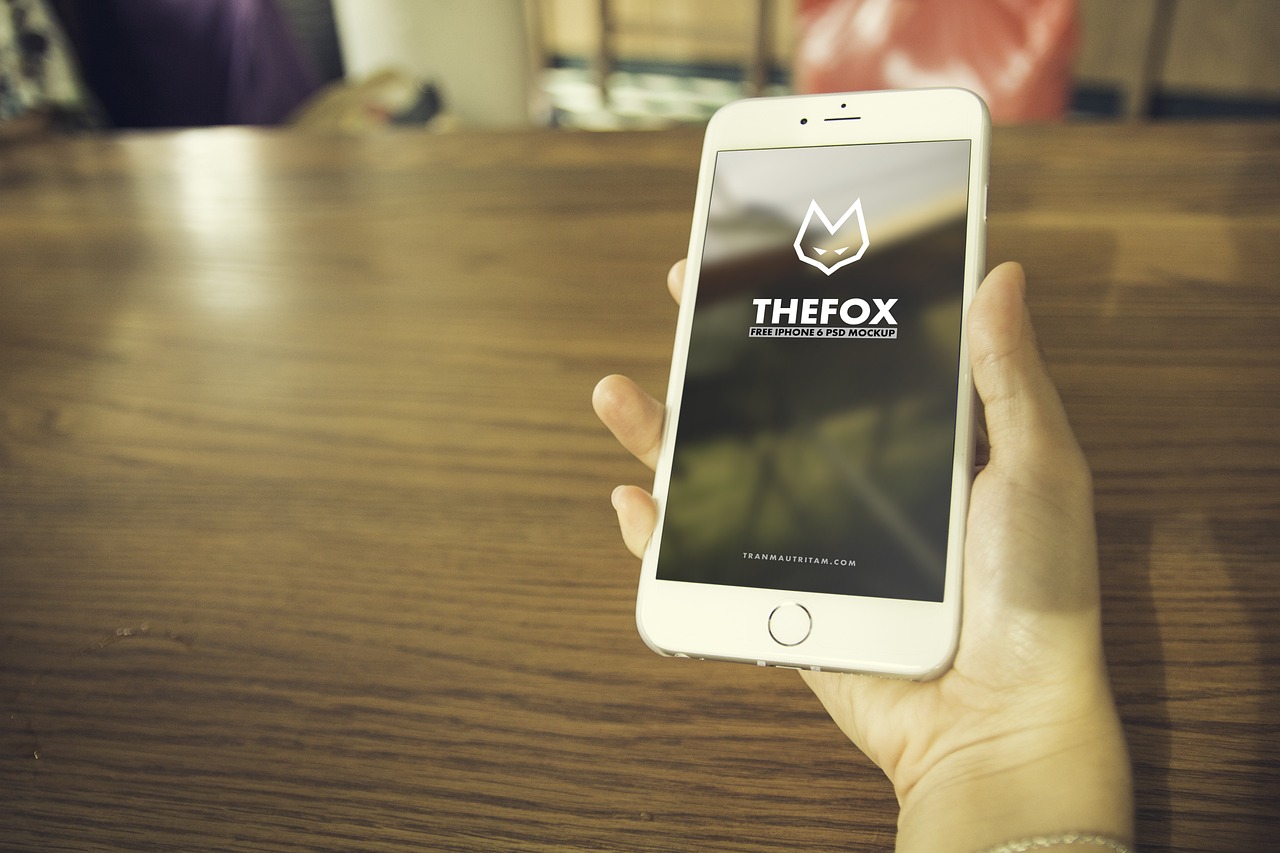The Impact of Blockchain in Sustainable Disaster Recovery
Blockchain technology has emerged as a groundbreaking tool in disaster recovery efforts. By utilizing decentralized, secure, and transparent ledgers, blockchain enables real-time tracking of resources, donations, and aid distribution during emergencies. With this technology, every transaction and movement can be recorded securely, ensuring accountability and minimizing the risk of fraud or mismanagement in relief operations.
Moreover, blockchain’s immutable nature enhances data accuracy and integrity, providing a reliable source of information for coordinating disaster response activities. By streamlining communication and coordination among various stakeholders such as government agencies, NGOs, and volunteers, blockchain technology facilitates efficient allocation of resources, timely decision-making, and ultimately, better outcomes for affected communities.
Understanding Sustainable Solutions
Sustainable solutions play a crucial role in addressing the challenges faced in disaster recovery efforts. By incorporating long-term strategies that prioritize environmental and social considerations, communities can better withstand and recover from catastrophes. These solutions not only focus on immediate relief efforts but also aim to build resilience for the future, ensuring that communities are better prepared to face similar crises.
Implementing sustainable solutions involves a holistic approach that considers various factors such as resource management, community engagement, and infrastructure development. By promoting practices that are environmentally friendly and economically viable, sustainable solutions can create a more sustainable and resilient future for communities in the face of disasters. Investing in these long-term strategies can lead to more effective disaster recovery outcomes and contribute to the overall well-being of communities.
Enhancing Transparency in Relief Efforts
Transparency in relief efforts is crucial for ensuring accountability and building trust among stakeholders. By openly sharing information about the allocation of funds, distribution of resources, and overall impact of relief activities, organizations can demonstrate their commitment to ethical and efficient practices.
One way to enhance transparency in relief efforts is through the use of innovative technologies like blockchain. By leveraging the decentralized nature of blockchain, organizations can create a secure and immutable record of transactions and activities, allowing for real-time monitoring and verification of relief operations. This not only increases accountability but also helps to prevent fraud and mismanagement of resources, ultimately leading to more effective and targeted relief efforts.





